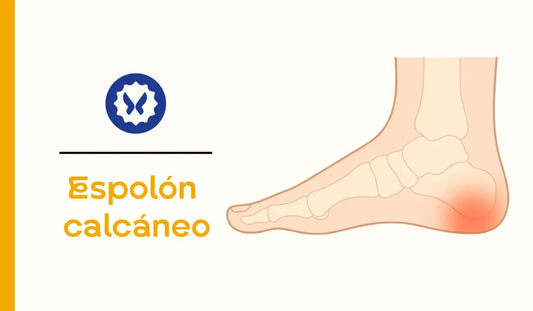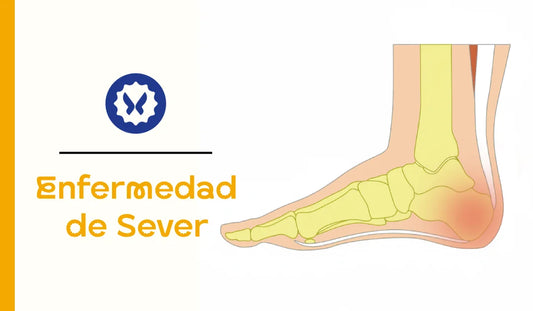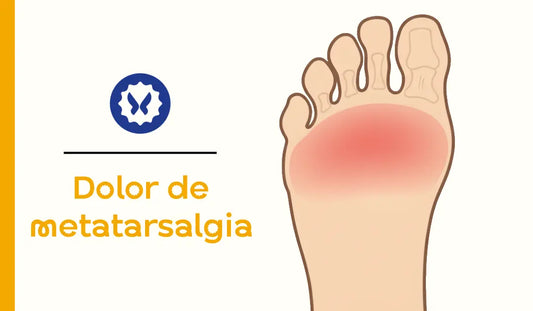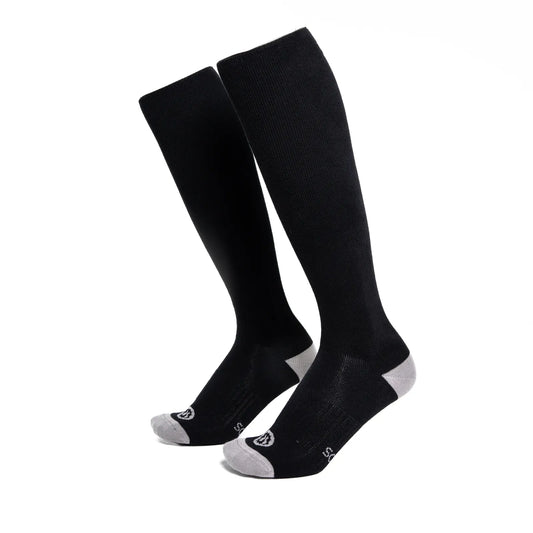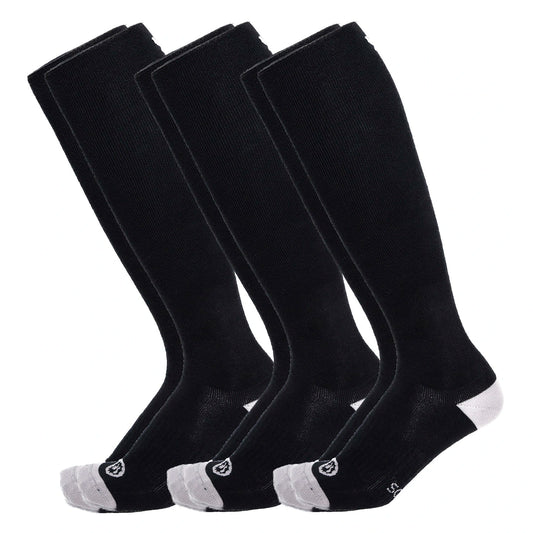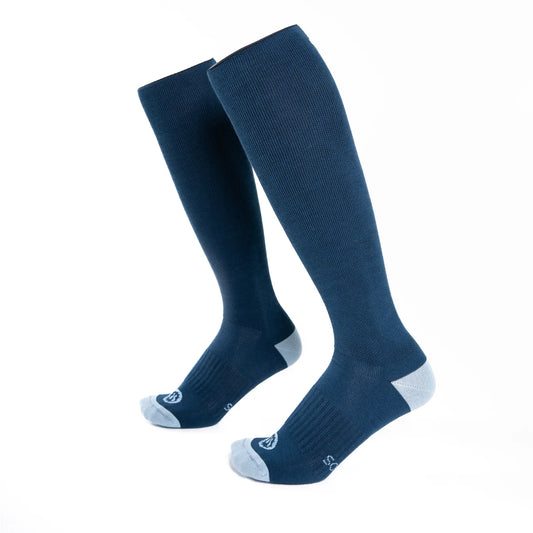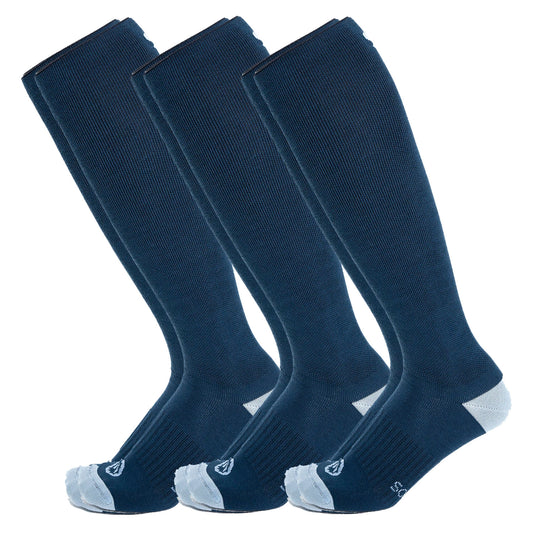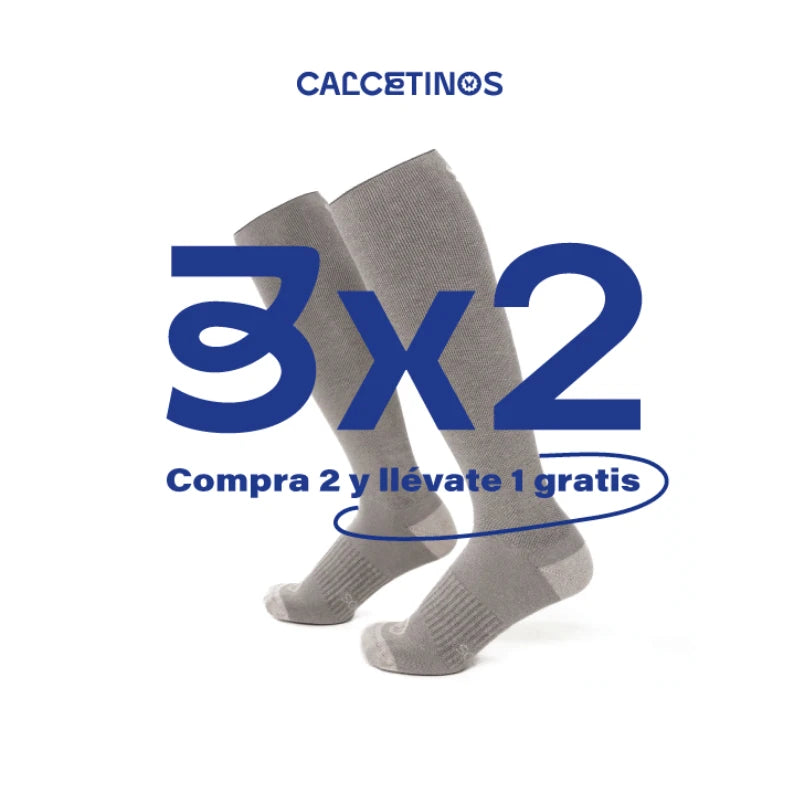Do you experience a stabbing pain in your heel every time you take your first steps after getting up? You may have a heel spur , one of the most common causes of heel pain. Although its name may sound alarming, understanding what it is and how to relieve it can make a difference in your daily life.
What is a heel spur?
A heel spur is a small, bone-like spike that forms on the heel. It's not visible from the outside, but it can cause significant pain when you put weight on your foot.
This "spur" appears because the tissues that connect the heel to the sole of the foot—an elastic band that functions as a natural shock absorber —are stretched or overstretched for too long . This constant tension causes the body to accumulate calcium in the area for protection, and thus the heel spur is formed. That's why it often goes hand in hand with plantar fasciitis , an inflammation of that same band that runs along the sole of the foot.

In many cases, the heel spur itself is not painful, but inflammation of the surrounding tissues can cause severe pain when walking or putting weight on the foot .
Why it appears: most common causes
- Repeated overload or impact: Activities such as running or jumping on hard surfaces can stress the heel over and over again.
- Improper footwear: Wearing shoes that are too flat or have hard soles means that the heel receives all the pressure without any cushioning.
- Foot position: Each person's foot lands differently. If your foot is too flat or too arched, the weight isn't distributed evenly, and your heel suffers more.
- Overweight: More kilos mean more pressure on the feet, and the heel notices it.
- Age or muscle stiffness: Over time, the tissues of the foot lose flexibility, which can increase tension in the heel area.
Symptoms of heel spurs
The most characteristic symptom is pain in the heel , especially:
- When you get up in the morning or after sitting.
- After impact activities or long walks.
- When you wear hard or uncushioned shoes.
Heel spur pain may feel like a stabbing or burning sensation under the heel, and sometimes extends into the arch of the foot.
How to relieve heel spur pain
The good news is that, in most cases, heel spur pain can be relieved with simple care and consistency.
1. Rest and local cold
Avoid activities that involve impact and apply cold for 10-15 minutes to reduce inflammation.
2. Stretching exercises
Stretching the plantar fascia and Achilles tendon improves flexibility and decreases tension in the heel.
3. Choose the right footwear
Choose shoes for heel spurs with good cushioning, a flexible sole, and arch support. Avoid flat or very hard shoes. In some cases, custom insoles can also help redistribute pressure.
4. Wear graduated compression socks
Here's something almost no one knows, and it can make all the difference: graduated compression socks aren't just for athletes or people with circulation problems. They can also be a real help if you suffer from heel pain due to a heel spur .
Why? Because these types of socks apply gentle, progressive pressure from the ankle up. This compression "pushes" blood back to the heart and improves circulation throughout the leg, helping tissues receive more oxygen and reducing inflammation.
In other words: less swelling, less heaviness, and a real feeling of relief at the end of the day . It's as if your legs are breathing better. And best of all, the socks are designed so you feel that effect without touching the exact place where it hurts the most: your heel.

Unlike other compression socks, these socks don't squeeze the foot or heel . Their compression starts at the ankle and gradually increases, stimulating circulation without putting pressure on the heel spur . Plus, their fabric is ultra-soft, breathable, and seamless , preventing chafing or discomfort.
If you suffer from heel pain, Dynamic Socks are the best option: they provide extra cushioning on the sole of the foot, helping to reduce impact when walking and keeping the heel protected all day long.
Dynamic Socks
14-17 mmHg graduated compression focused on the leg, with no pressure on the foot . Wide toe box and fully cushioned sole for extra comfort during long days.
Buy DynamicIt may seem like a small detail, but those who try them notice the difference immediately. Because when blood flows better and the foot is well cushioned, the pain subsides more quickly . And your feet... thank you for it.
When to consult a specialist
If heel spur pain persists for more than a few weeks or becomes unbearable, it's advisable to see a podiatrist or physical therapist . They can evaluate for associated plantar fasciitis and recommend complementary treatments.
Conclusion
"Your feet support you every day. Give them the care they deserve."
With small steps, proper footwear, and gradual compression, you can walk again comfortably and pain-free.



